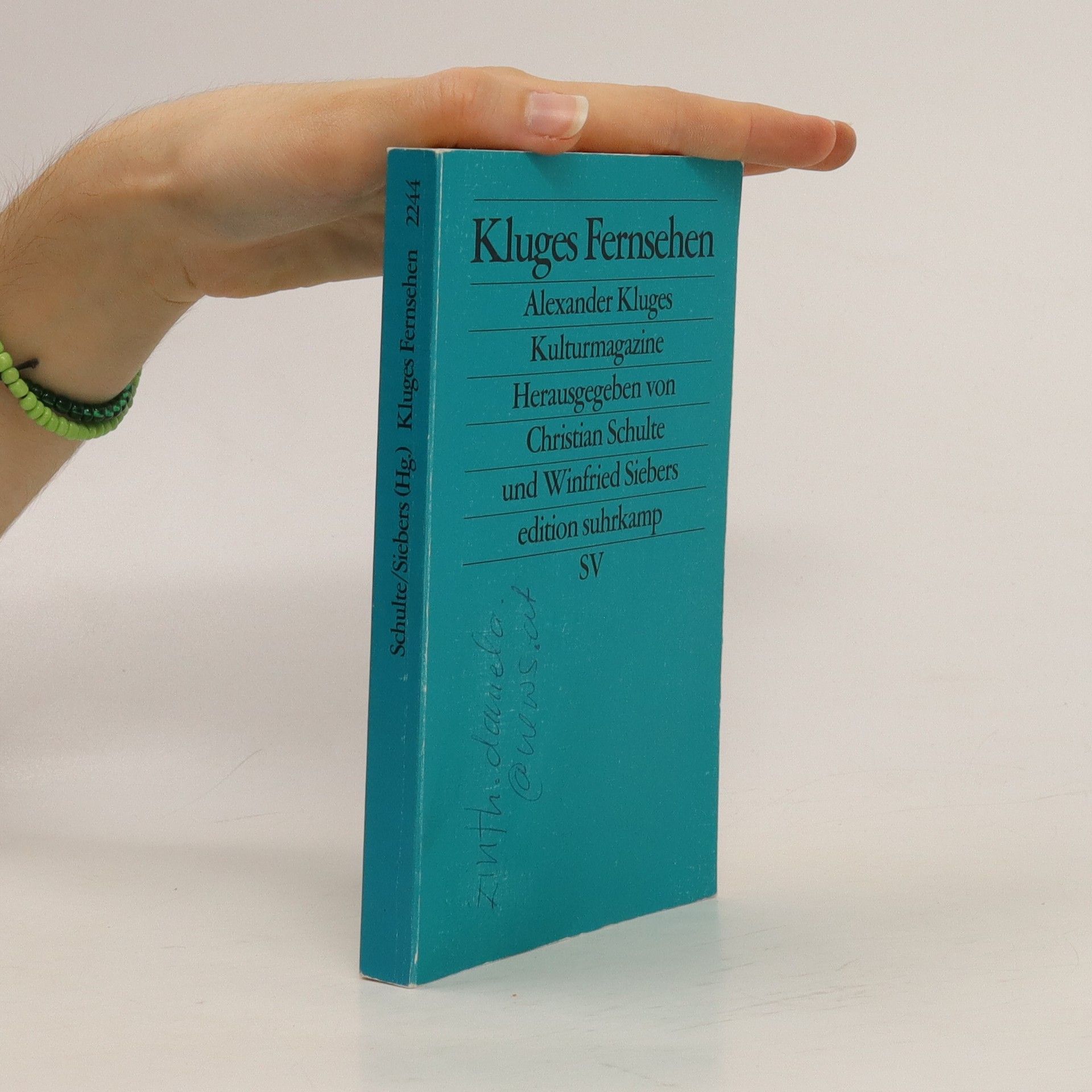Plurale Autorschaft
- 400 pages
- 14 hours of reading




Stell dir vor, Gott hat genug von Geld und Gier und erhebt die Kunst zur neuen Währung. Die Existenz Gottes ist bewiesen, doch die von Geld besessenen Menschen langweilen sie. Ihr Auftrag ist klar: Kreativität und Kunst stehen im Mittelpunkt. Die Weltbevölkerung ist schockiert und sucht verzweifelt nach Mentoren. Der obdachlose Jazzmusiker Adam Fein, der sich in London von der Gesellschaft distanziert hat, wird über Nacht zum Leiter einer skurrilen Kunstakademie, die Überforderten und Talentlosen einen Zufluchtsort bietet. Dabei möchte er nur seine Ruhe. Doch in der erfolglosen Schriftstellerin Sara, die als Bedienung arbeitet, findet Adam eine Gefährtin. Gemeinsam stellen sie sich den Herausforderungen der neuen Weltordnung, während die Menschheit auf eine neue Katastrophe zusteuert. „Es gibt einen Gott, und ihr ist langweilig“ ist das Debüt von Christian Schulte-Loh, einem Schriftsteller und Comedian. Mit Brisanz, Witz und Scharfsinn beleuchtet er die großen Fragen unserer Zeit, das menschliche Scheitern, das Streben nach Zugehörigkeit und den Kampf gegen die eigene Bedeutungslosigkeit. Das Werk bietet ein scharf gezeichnetes Gesellschaftsporträt und ein utopisches Sozialpanorama, das mit britischem Humor besticht.